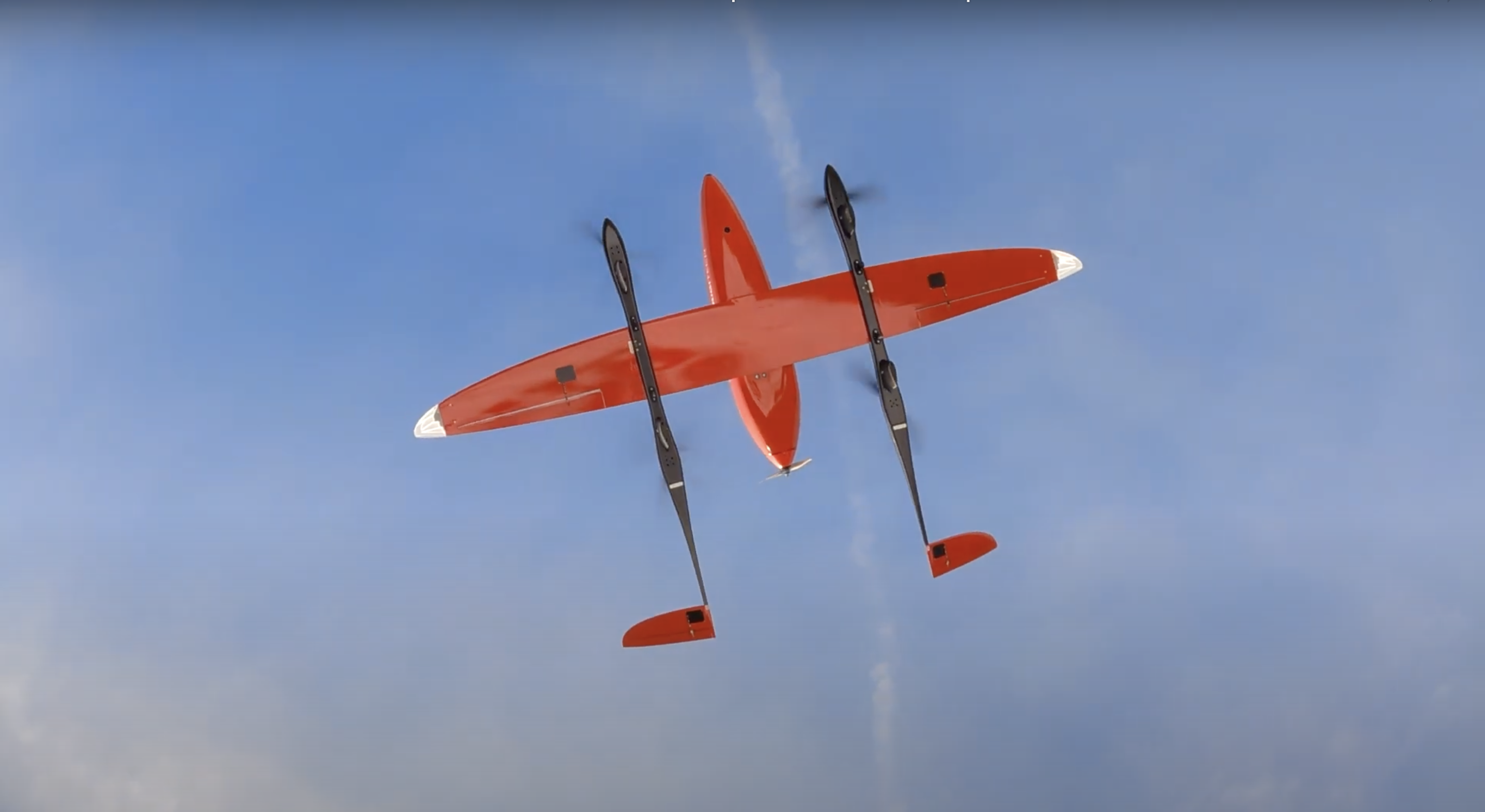Lausanne, Switzerland. 22 October, 2024 – Swiss manufacturer RigiTech proudly announces the validation of its integrated drone delivery systems by the European Union Aviation Safety Agency (EASA). This milestone aligns with RigiTech’s mission to operate within safe and controlled parameters, preventing accidents and undesired actions. Through rigorous design verification, RigiTech ensures the safety and reliability of its unmanned aerial systems (UAS) by validating the design of its enhanced containment technology.
Understanding Design Verification
Design verification is a meticulous process of evaluating and validating drone design elements to ensure they meet stringent safety and performance standards. It encompasses not only the verification of drone functionality under normal conditions but also its ability to handle unexpected situations without compromising safety.
Enhanced Containment Overview
Enhanced containment refers to advanced safety measures and fail-safe mechanisms designed to prevent drones from leaving the defined operational volume and ground risk buffer zone. This is required when the severity of an accident outside the operational volume and ground buffer zone is higher than inside. Urban routes, during which the drone flies between cities, for example, present a higher risk of incidents near densely populated areas, as opposed to a rural operation in which the drone flies over sparsely populated areas. Enhanced containment makes sure the drone stays within the defined bounds during the entire flight, ensuring they can be safely controlled or stopped without causing harm to people, property, or the environment.
The Importance of Design Verification in Enhanced Containment
- Safety Assurance: The primary goal of design verification is to ensure that drones operate safely. By thoroughly testing and validating each design element, manufacturers can identify and mitigate potential risks before deployment.
- Regulatory Compliance: With the increasing use of drones, regulatory bodies have established stringent guidelines for safe operations. Design verification helps manufacturers comply with these regulations, avoiding legal issues and ensuring public safety.
- Operational Efficiency: Verified designs lead to more efficient drone operations: Once verified, these reliable safety mechanisms allow operators to obtain authorisations faster and easier, as the technology is quickly accepted in all EASA countries.
RigiTech's Enhanced Containment Technology
EASA has verified that RigiTech’s sophisticated architecture ensures safety even in long-range operations. Developed and tested for long-range Beyond Visual Line of Sight (BVLOS) operations, RigiTech’s technology integrates advanced onboard avionics, as well as the RigiCloud and Edge Node software. While EASA guidance material tends to focus on radio-based communications for short-range missions, RigiTech has tested and verified redundant 3G/LTE communications, supporting long-range operations (the Eiger can travel up to 100 km). This comprehensive architecture allows RigiTech customers to rely on an independent failsafe system that ensures safety, even on complex BVLOS routes. “At RigiTech, we develop our products by having a regulatory focus, thus putting safety as our top priority,” said Alejandro Del Estal, Head of Flight Operations.
The Design Verification Process
RigiTech’s design verification process involves several stages:
- Requirement Analysis and Risk Assessment: This stage involves defining the safety and performance criteria that the drone must meet, and identifying potential risks and designing measures to mitigate them.
- The next step is Design Evaluation, which includes assessing the drone’s design elements to ensure alignment with the defined requirements.
- Testing and Validation require conducting rigorous tests under various conditions to evaluate performance and safety features.
- Finally, the last stage is Documentation and Reporting, which means maintaining detailed records of the verification process and outcomes to ensure transparency and traceability.
This process ensures the safety and reliability of drone operations, builds public trust, and supports the sustainable growth of the drone industry. In line with this process, RigiTech conducts periodic rigorous testing of its software and hardware to guarantee the safety of its drone technology. And by prioritising design verification, RigiTech contributes to safer skies and more effective drone deliveries.
About RigiTech
RigiTech is a Swiss manufacturer of drone logistics solutions founded in 2018 that focuses on creating fully-integrated drone delivery systems. Its drones are designed with a network-first mentality, the key to scaling drone delivery into a sustainable business model. The centralised RigiCloud software infrastructure ensures reliable, compliant communications, flight tracking and fleet maintenance management. RigiTech’s drone systems have been approved for and flown BVLOS operations on 5 continents, delivering essential goods in their home base in Switzerland, across Europe, Asia, Oceania, North and South America, with a focus on healthcare, offshore and postal markets. (Media contact: marketing@rigi.tech)


